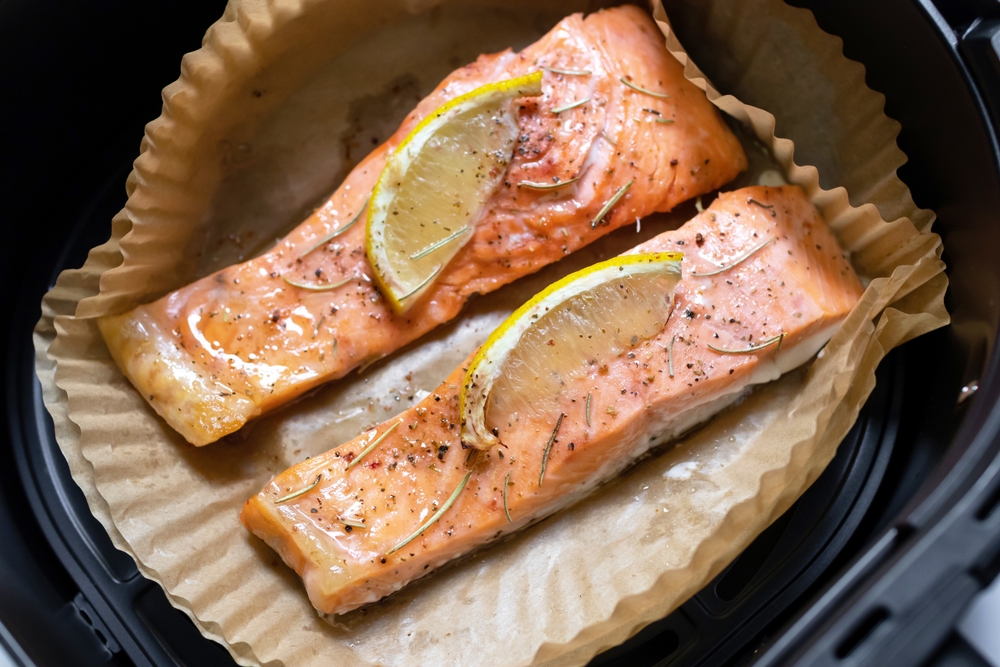Think Salmon Has the Most Omega-3? Think Again!
Others are reading now
Omega-3 fatty acids are essential for good health. They support brain function, heart health, and even eye development, according to Ziare.
Unlike some nutrients, the body cannot produce enough omega-3 on its own. This means we need to get them from food.
There are three main types of omega-3. ALA (alpha-linolenic acid) comes from plant-based foods.
EPA (eicosapentaenoic acid) and DHA (docosahexaenoic acid) are mostly found in fish and seafood.
Also read
While the body can convert ALA into EPA and DHA, the process is not very efficient. This is why marine sources are often recommended.
Salmon is well known as a top source of omega-3. A small serving of cooked salmon contains around 1,800 mg of EPA and DHA.
But did you know that some foods have even higher amounts? Here are five great options that deliver more omega-3 than salmon.
1. Walnuts – 2,500 mg ALA per 28g
Walnuts are the best plant-based source of omega-3. They don’t contain EPA and DHA, but they still provide important health benefits.
Ways to eat them:
-
As a snack on their own
-
Sprinkled over salads
-
Mixed into oatmeal or baked goods
2. Chia Seeds – 5,000 mg ALA per 28g
These tiny seeds are packed with omega-3. They are also high in fiber and protein, making them a great addition to any diet.
Ways to eat them:
-
Mixed into yogurt or smoothies
-
Made into chia pudding
-
Added to cereal or baked goods
3. Mackerel – 5,000 mg DHA & EPA per 100g
Mackerel provides even more omega-3 than salmon. It’s an affordable and nutritious choice that’s easy to prepare.
Ways to eat it:
-
Grilled or baked
-
Smoked and served with crackers
-
In a salad with fresh vegetables
4. Herring – 2,300 mg DHA & EPA per 100g
Herring is rich in omega-3, vitamins, and antioxidants. It’s a great option for those looking to improve heart health.
Ways to eat it:
-
Pickled or marinated
-
Smoked on toast
-
In a fresh fish salad
5. Hemp Seeds – 2,000 mg ALA per 3 tbsp
Hemp seeds are an excellent balance of omega-3 and omega-6. They are also full of protein, magnesium, and iron.
Ways to eat them:
-
Blended into smoothies
-
Sprinkled over salads or soups
-
Added to homemade energy bars
How Much Omega-3 Do You Need?
Experts suggest:
-
ALA: 1.1 g/day for women, 1.6 g/day for men
-
EPA & DHA: No set daily recommendation, but 1 g/day is often advised for heart health
Omega-3s are vital for health, but salmon isn’t the only source. Walnuts, chia seeds, mackerel, herring, and hemp seeds all offer impressive amounts.
If you don’t eat fish, an algae-based supplement can help you meet your needs.


